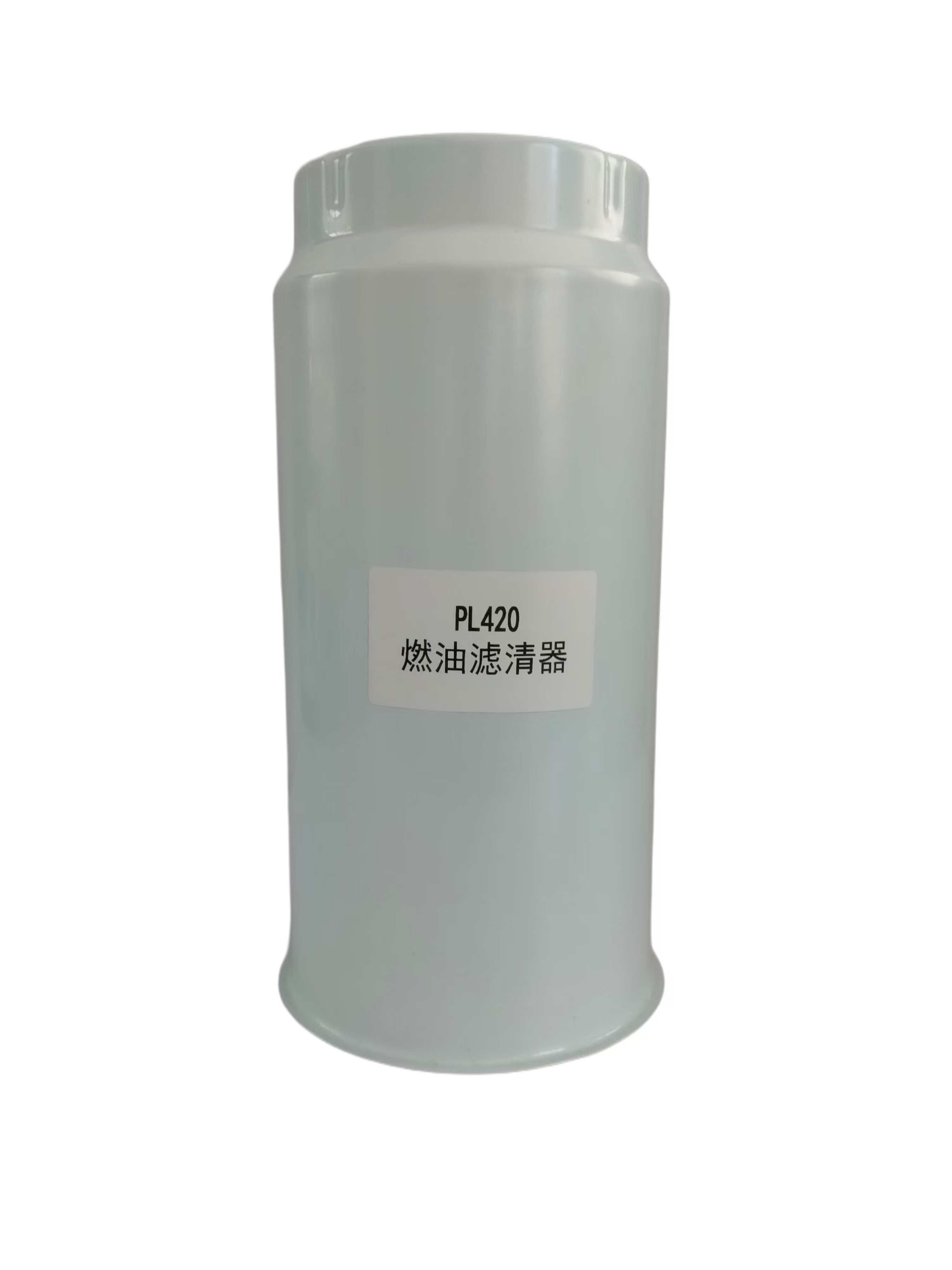What should be paid attention to when installing engineering machinery oil filters?
2025-07-11
Replacing and installing the oil filter (oil filter) is a crucial step in the maintenance of engineering machinery. The main function of the oil filter is to filter impurities and metal particles from the oil, keeping the oil clean, thereby protecting the various parts of the engine from wear and tear and extending the service life of the machinery. However, installing an oil filter is not as simple as plugging it in; there are many details to consider. This article will discuss several key points to note during the installation of engineering machinery oil filters.
First, before installing the oil filter, it is necessary to ensure that the model of the selected oil filter is fully compatible with the model of the engineering machinery. Different brands and models of engineering machinery may have different requirements for oil filters, and using the wrong oil filter may cause poor oil circulation, which in turn will affect engine performance. Therefore, when purchasing a new oil filter, be sure to check the machine's instruction manual or consult a professional technician to ensure that you purchase the correct oil filter model.
Second, prepare for installation
Before installing the new oil filter, some necessary preparations need to be made. First, ensure that the engine has cooled down to avoid burns during installation. Second, prepare the necessary tools, such as wrenches, filter wrenches (some oil filters require special wrenches), oil, and clean rags. In addition, it is recommended to change the oil at the same time as changing the oil filter to ensure the cleanliness of the oil system.
Third, correctly drain the old oil
Before installing the new oil filter, the old oil needs to be drained. This step usually involves unscrewing the drain plug of the oil pan to allow the old oil to flow out. During this process, care should be taken to place the drain container under the drain plug to avoid oil splashing and polluting the environment. After draining, wipe the drain plug and the surrounding oil stains on the oil pan with a clean rag to ensure that no impurities are introduced during installation.
Fourth, remove the old oil filter
When removing the old oil filter, use a filter wrench or appropriate tool and avoid using brute force to prevent damage to the oil filter seat or surrounding parts. When loosening the oil filter, note that oil may leak from the gap between the oil filter and the seat, so it is best to prepare an oil receiving container before removal. After removing the old oil filter, check the oil filter seat for damage or residual impurities, and clean it if necessary.
Fifth, install the new oil filter
When installing the new oil filter, first apply a layer of clean oil to the sealing rubber ring of the oil filter, which helps to enhance the sealing effect and prevent oil leakage. Then, slowly rotate the new oil filter onto the oil filter seat until the sealing ring is in full contact with the seat surface. During this process, ensure that the oil filter is installed in the correct direction to avoid reverse screwing. Finally, tighten the oil filter by hand first, then use a wrench to apply moderate force, avoiding over-tightening, which may damage the sealing ring.
Sixth, check the oil level
After installing the new oil filter, don't forget to check the oil level. Since some oil may be lost when changing the oil filter, it is necessary to check the oil level with the dipstick to ensure that the oil level is within the normal range. If the oil is insufficient, it should be replenished in time to ensure that the engine is adequately lubricated.
Finally, don't forget to record the date and mileage of the oil filter replacement, which is crucial for formulating subsequent maintenance plans. By regularly replacing the oil filter, engine failures can be effectively prevented, and the service life of the machinery can be extended.
In summary, although the installation of an engineering machinery oil filter seems simple, it involves many details. Only by strictly following the operating procedures can the effective operation of the oil filter be ensured, providing continuous and reliable lubrication protection for engineering machinery. In daily maintenance, sufficient attention must be paid to avoid minor losses leading to unnecessary losses.
RELATED INFORMATION



